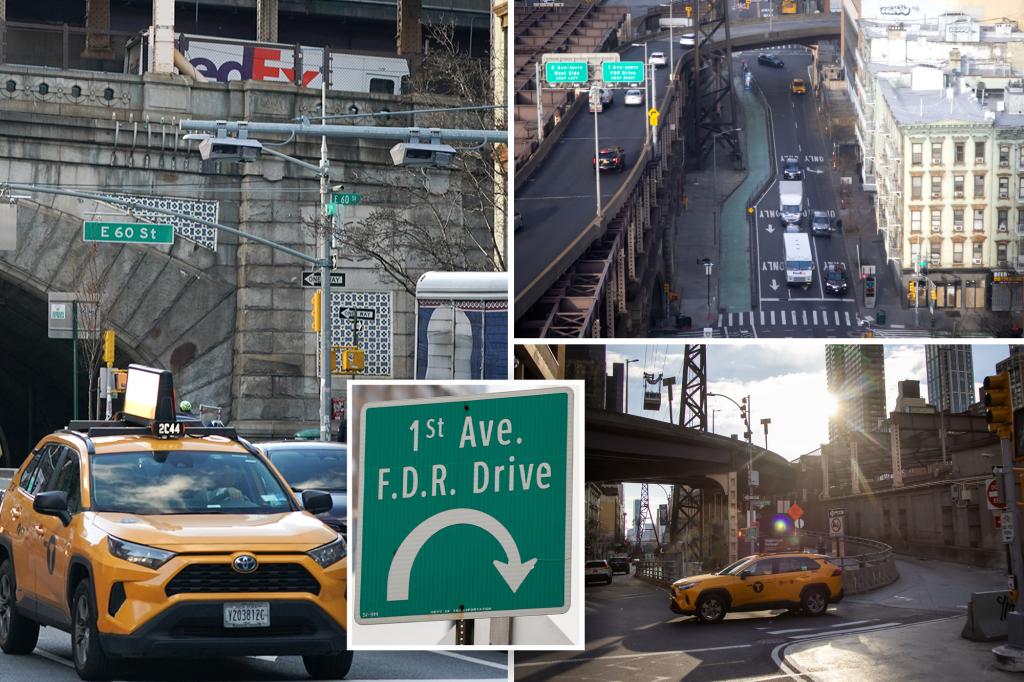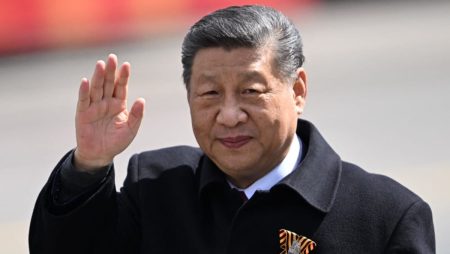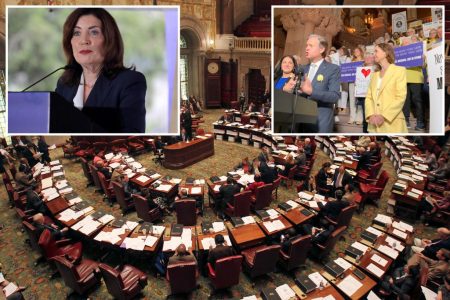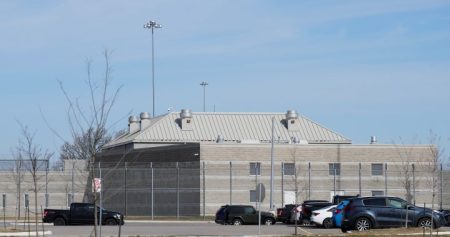The implementation of congestion pricing in Manhattan has inadvertently transformed the historically toll-free Ed Koch Queensboro Bridge into a financial snare for unsuspecting drivers, particularly those exiting the bridge onto East 60th Street. The new $9 congestion charge, intended to deter traffic within the designated zone, is catching drivers even when their destination lies outside the zone’s boundaries. This “gotcha zone,” as some have termed it, stems from the intricate boundary lines of the congestion pricing zone, which dips in and out of the area surrounding the bridge’s East 60th Street exit. This geographical quirk effectively makes avoiding the toll nearly impossible for drivers exiting the lower level of the bridge onto First Avenue, regardless of their intended direction of travel.
The issue arises from the specific design of the congestion pricing zone and the bridge’s exit points. Drivers using the upper level of the Queensboro Bridge can exit onto East 62nd Street and readily access the FDR Drive, thereby circumventing the congestion zone and avoiding the charge. However, those exiting the lower level onto East 60th Street find themselves trapped within the zone’s boundaries. Even if their intention is to travel north on First Avenue, away from the core congestion zone, the initial entry onto East 60th Street triggers the toll. This effectively penalizes drivers who are not contributing to congestion within the intended target area, sparking frustration and a sense of unfairness among those frequently using the bridge.
Adding to the complexity, the return trip to Queens presents a similar dilemma. Since the congestion zone encompasses the on-ramps to the Queensboro Bridge on the Manhattan side, drivers are left with no option but to pay the congestion charge when returning to Queens. This double toll, applied regardless of whether a driver actually ventures into the heart of the congestion zone, reinforces the perception of the bridge as a toll trap. Residents of Queens who regularly commute via the bridge are particularly affected, facing a daily double charge simply for crossing the river, adding a significant financial burden to their routine travel.
The MTA defends its implementation of the congestion pricing zone, citing adherence to the legislation passed in 2019, which defines the boundary as Manhattan south of and including 60th Street, with exceptions for the FDR Drive and West Side Highway. The MTA emphasizes that the toll points are positioned precisely according to this legal definition. However, this technical justification provides little solace to drivers who feel unfairly penalized, especially those whose travel patterns involve brief, unavoidable incursions into the congestion zone’s periphery. The situation highlights the potential for unintended consequences when complex geographical boundaries intersect with real-world traffic patterns.
The frustration among drivers is palpable. They express a sense of being trapped, with no reasonable alternative route to avoid the toll. This perceived lack of choice adds to the resentment towards the congestion pricing scheme, which many view as primarily a revenue-generating mechanism rather than a genuine solution to traffic congestion. The perception of being “abused” by the system, as some drivers articulate, underscores the disconnect between the stated goals of congestion pricing and the lived experiences of those caught in the “gotcha zone” surrounding the Queensboro Bridge. The financial burden, coupled with the feeling of being unfairly targeted, fuels the ongoing debate about the efficacy and fairness of congestion pricing in New York City.
The case of the Queensboro Bridge and the East 60th Street exit highlights a critical challenge in implementing congestion pricing: balancing the need to clearly define boundaries with the practical considerations of traffic flow and driver behavior. The current situation creates an unavoidable toll for many drivers who are not actually contributing to congestion within the intended target area. This raises questions about the fairness and effectiveness of the current zone design and underscores the need for ongoing evaluation and potential adjustments to address such unintended consequences. The debate over congestion pricing is likely to continue as drivers grapple with the new reality of navigating an increasingly expensive cityscape.










